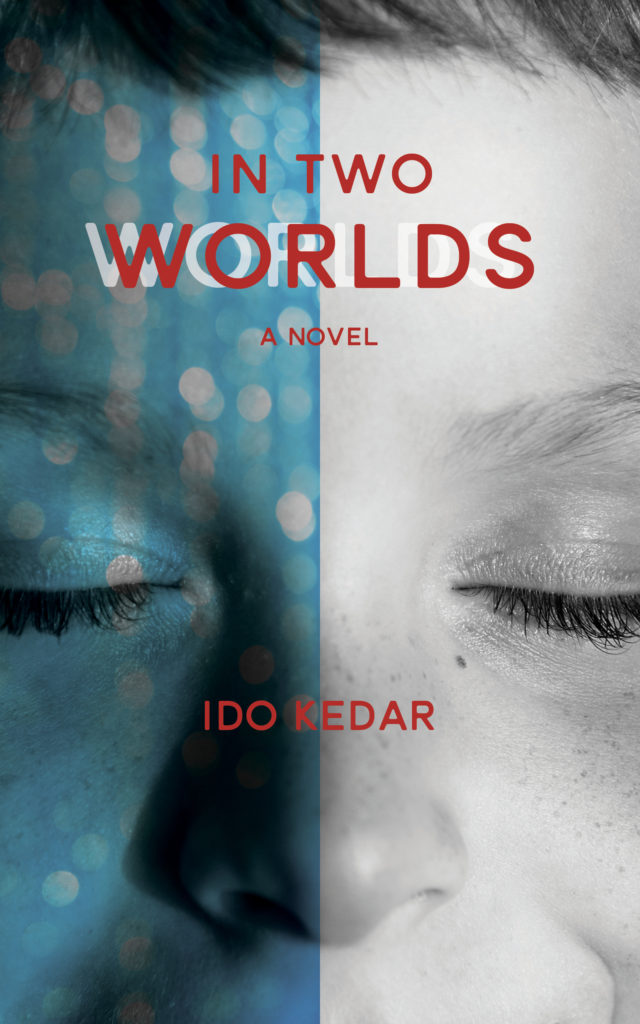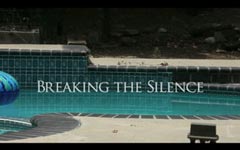Below is a brief memoir I wrote for Edlyn Pena’s new book of short memoirs by autistic typers called Leaders Around Me.
My story is probably similar to many in this book. I was not able to demonstrate my intelligence for many years in spite of extensive therapies of the usual sort, primarily ABA, speech and OT. I have written a great deal in my books and my blog about how awful these years were in so many ways. The issue was not kindliness or earnestness because the many therapists and behaviorists who entered my life were usually chipper and cheerful, like a bunch of Disney characters. It was part of the therapy, to be perfectly honest. They were chipper and cheery while flipping flashcards in repetitive drills that numbed my brain with boredom.
It is recommended in ABA to give 40 hours a week of this stuff. “Touch your nose!” “Touch table!” “Touch apple!” “No, try again!” “High five!” The artificial simplified speech, plus the boredom made me terribly frustrated, but that wasn’t the worst of it. The worst of it was that these drills were a waste of time, effort and emotional energy, not to mention money. I started just before my third birthday and finished when my team refused to believe I could understand and communicate at the age of seven. That is a lot of “Touch your nose!” commands.
The problem was that my earnest educators taught me like I was kind of a thick toddler who didn’t understand words. They were totally wrong in every respect. My disability is not a receptive language problem nor a cognition problem, which all my instruction was designed to fix in tiny increments. Rather, my understanding was excellent and my intelligence I hope is above average. I know you have read this on page after page already. It’s not cognitive. It’s motor. I couldn’t show my intelligence because I was internally trapped by a motor system that had trouble getting messages from my brain. To be drilled endlessly like I described was psychologically harmful, especially during the circus of supervision when I performed my drills like a trained dog.
The big day came when I was seven when my mom learned to trust her own observations and ignore the ABA geniuses who figured “Touch your nose!” was good enough for me. I have written much about how she realized I could communicate in my first book, Ido in Autismland. But let’s just say that her determination and decision to fight on, though the experts thought she was nuts, changed my destiny. My father changed it further by insisting my skills had to be independent. And somehow we found Soma Mukhopadhyay, mom of Tito and inventor of RPM.
To make it clear, the process of learning to motor plan for communication is hard work and requires skilled instruction. Only fools and ideologues believe otherwise. Gradually I learned to type my thoughts independently on a letter board, keyboard or tablet. This means I express my own thoughts and move my own arm without being touched. It does not mean I need to be alone. The presence of a good communication partner helps us to organize our motor systems. It is pretty obvious to those who understand motor system challenges but utterly baffling to experts who deny motor issues and persist in telling people with autism that they don’t understand words.
By middle school I was a full time general education student. I was still autistic but I heard normal lectures and I did the same schoolwork as everyone else, earning excellent grades. I had my aide to go with me and with her help I accessed the general education world. In this way I graduated high school with honors, the first, but not the last, autistic student in my middle and high school to do so. I felt like I was an ambassador showing what is the potential of nonspeaking autistic people.
But I suppose my true impact is in advocacy. I have written two books on autism, contributed to others, blogged, delivered speeches and been featured in the media. My goal is to spread the truth. I wrote Ido in Autismland in middle school and high school. I had to correct the misconceptions about autism, to explain the symptoms, to speak out. And the book has surpassed my dreams. It is used in university classes, sells throughout the world, has inspired others to communicate and has been translated into several other languages.
I recently published my second book, a novel called In Two Worlds. It is a work of fiction based on true life and I hope will reach an audience beyond the autism world. It tells the story of Anthony, a boy with autism who can’t talk or show his intelligence. The reader is invited to experience his two worlds, his inner thoughts and sensory experiences, and his outer world of therapies and frustrating misunderstandings. But it is more than that. Anthony learns to communicate at 16 but his professionals don’t welcome the change with open arms, to put it mildly. The book invites the reader to get into the experience of living in Autismland.
My mission and projects are still unfolding. The future chapters of my advocacy and educational work yet to be determined. Thanks to communication, I will be the one to choose what they will be.



